Arts & Entertainment
Calendar for March 19
Friday, March 19
Gay District meets at St. Margaret’s Episcopal Church, 1820 Connecticut Ave., N.W., from 8:30-10:30 p.m. Gay District is a weekly, non-church affiliated discussion and social group for GBTQ men between 18 and 35. For more information, e-mail [email protected].
Friday night Erev Shabbat Services are held 8:30-10 p.m. at the Washington, D.C. Jewish Community Center, 1529 16th St. Services are followed by a social event. Please use the Q Street entrance.
St. Patrick’s Hangover bear party at Motley Bar above EFN Lounge, 1318 9th St., N.W., 6 p.m.-3 a.m. with host Tim Woody and DJ Jim Gade. There will be prizes, green beer and more.
Excursion at Fly Lounge: The Cherry Fund marks National Women’s HIV/AIDS Awareness Day with a happy hour to benefit the Women’s Collective and their work. From 6:30-9:30 p.m., 1802 Jefferson Place, N.W. Tickets are $10 with comp admission for Fresh members and Cherry pass holders.
Brodeo: A DC Cowboys event, 10 p.m.-1 a.m. at Remingtons, 639 Pennsylvania Ave., S.E. Proceeds benefit the DC Cowboys on their mission to provide free entertainment for HIV/AIDS charity organizations.
“Grease,” the Gay Men’s Chorus of Washington presents a fully staged, all-male production of the Broadway musical at Lisner Auditorium, 730 21st St., N.W. (See full story on page 28)
Saturday, March 20
Volunteer opportunity, 9 a.m.-noon, at the Capital Area Food Bank, 645 Taylor St., N.E. Volunteers will go through orientation, watch a short film then work will most likely involve sorting and packaging donated food.
Team DC Fashion Show at Town Danceboutique, 2009 8th St., N.W., 8 p.m.-3 a.m. $10 cover benefits Team DC college scholoarship. Models will have four clothing changes representing club wear, swimsuit, underwear and leather/sports/fetish. The model with the highest score wins $500, a professional photo shoot with Robert Mercer photography and becomes an automatic finalist to be considered for the 2011 Ripped Genes calendar.
Servicemembers Legal Defense Network holds its annual national dinner featuring Rep. Patrick Murphy (D-Pa.) at the National Building Museum, 401 F St., N.W. Tickets start at $250; reception at 6:30 p.m. and dinner at 7:45 p.m. Visit sldn.org for information.
BARE-Military Style, presented by the Ladies of LURe at Cobalt, 1639 R St., N.W. Fundraising event benefiting Servicemembers Legal Defense Network, a non-partisan, non-profit, legal services organization dedicated to ending “Don’t Ask, Don’t Tell.” Come dressed in camo, war paint or just come out to show support. Doors at 10 p.m. (free admission with ticket from the SLDN National Dinner); 21 and up with ID. For more information visit sldn.org.
Misstallica, an all-girl tribute to Metallica, plays the 9:30 club, 815 V St., N.W. Doors at 8 p.m. For tickets, call 877-435-9849 or visit 930.com.
Oscar winning actress Mo’nique performs standup at DAR Constitution Hall, 18th & C streets, N.W., 8 p.m. Tickets start at $39.50; visit ticketmaster.com.
Maryland Gov. Martin O’Malley shows off his biceps and his singing voice as O’Malley’s March plays the Recher Theatre, 512 York Rd., Towson, MD. Show is at 8 p.m.; tickets $20. For information, call 410-337-7178 or visit rechertheatre.com.
Sunday, March 21
Gay favorite “Hairspray” is performed at Toby’s Dinner Theatre in Columbia, Route 29 & Little Patuxent Parkway, 10:30 a.m. and again at 5 p.m. Tickets start at $46; call 301-596-6161.
Nurse Jackie season two premiere party at Public Bar, 1214 B 18th St., N.W. Join HRC and Showtime for a screening of the Nurse Jackie season one finale and the season two premiere, followed by an after party. Buy tickets at hrc.org/nursejackiedc. General admission, $10 suggested donation; VIP tickets, $75 (includes two drink tickets and private VIP viewing area)
Monday, March 22
Whitman-Walker Clinic substance abuse support group at the Max Robinson Center, 2301 MLK Ave., SE, 5:30-6:30 p.m.
Marc Maron, well-known comedic performer who has appeared on HBO, David Letterman and Comedy Central, hits the main stage at Black Cat, 1811 14th St., N.W., 8 p.m. Tickets are $20, call 202-667-4490 or visit blackcatdc.com.
Tuesday, March 23
Packing party at EFN Lounge/Motley Bar, 1318 9th St., N.W., from 7-8 p.m. Volunteers will assemble safer sex kits and enjoy drink specials.
Wednesday, March 24
Hollaback Transgender Support Group meets from 6:30-8 p.m. in the DC Center activity room. Hollaback is a program of the DC Community AIDS Network and meets on the second and fourth Wednesday of each month. The DC Center is located at 1810 14th St., N.W., convenient to the U Street/Cardozo Metro stop.
Secrets monthly amateur dancer contest night at the Ziegfeld’s/Secrets entertainment complex, 1824 Half Street, S.W., from 9 p.m.-2 a.m. Participant sign-up starts at 10 p.m., contest begins at 11 p.m. First prize is $300 cash; hosted by Destiny B. Childs with music by DJ tim-e.
Thursday, March 25
Career development at the DC Center, 1810 14th St. N.W., 4:30–6:30 p.m., brings trained volunteer human resource professionals to offer support with job searches, interviews skills, resume writing and individual career goal counseling. For more information, contact the Center at 202-682-2245 or careerdevelopmentthedccenter.org.
a&e features
Local, last-minute holiday gift ideas
Celebrate the season while supporting area businesses

The DowntownDC Holiday Market is bustling. Union Station is decked out with its annual Christmas tree. Washingtonians have wrapped their houses and apartment balconies with festive lights and holiday decorations. The holiday season is here. And with stockings to fill and empty space under the tree, Washington’s local shops and artists have plenty to offer.
Show your LGBTQ and D.C. pride with the Washington Blade’s annual holiday gift guide.
To embrace the holiday buzz: The Blanco Nwèl cocktail from Alchy Cocktails. This Caribbean eggnog is one of Alchy Cocktail’s seasonal holiday cocktails. The flavor profile is similar to coquito, a traditional Puerto Rican Christmas drink with a coconut base. As a queer and Caribbean-owned business, Alchy Cocktails has been based out of Washington since 2021. Blanco Nwèl is available in both cocktail ($24) and mocktail ($12) online and at a variety of holiday markets, including the Tingey Plaza Holiday Market, the Flea Market at Eastern Market, Union Station’s Main Hall Holiday Market, and more. ($24)

A spicy bite: Gordy’s Cajun Okra from Salt and Sundry. These spicy, tangy pickles pull on Southern Cajun-style flavors, packing a punch with paprika, cayenne, and more. Gordy’s is an LGBTQ-owned and Washington-based brand, making this gift an opportunity to support a local LGBTQ business straight from the jar. This pantry staple is available on Salt & Sundry’s website and at its locations in Union Market, Logan Circle, and its Georgetown holiday pop-up store. ($14)


To celebrate Washington pride: The DC Landmark Tote Bag from The Neighborgoods. Native Washingtonians, visitors, friends and family alike will find something to love about this Washington-themed tote bag. Food trucks, the 9:30 Club, the Metro logo and pandas from the National Zoo are just some of the city’s landmarks depicted across the tote in a red, white, and blue color palette. The tote is a part of the DC Landmarks collection, which donates 10 percent of its sales to the American Civil Liberties Union. The Neighborgoods itself is a local, woman-owned business built out of a passion for screen-printing in 2013. The 100 percent cotton canvas tote is for sale online or at the DowntownDC Holiday Market. ($22)
To give friends and family their flowers: The Flowers Bandana from All Very Goods. This 100 percent cotton bandana was designed in Washington and hand printed in India. Its uniqueness comes in being covered with the faces of Black women, representing a “love letter to all women but especially Black women,” according to All Very Goods. The Black woman-owned and operated business, based out of Northwest Washington, has a mission to celebrate diversity and representation through its products. The bandana intends to give Black women their “flowers.” The Flowers bandana is available for purchase online. ($24)
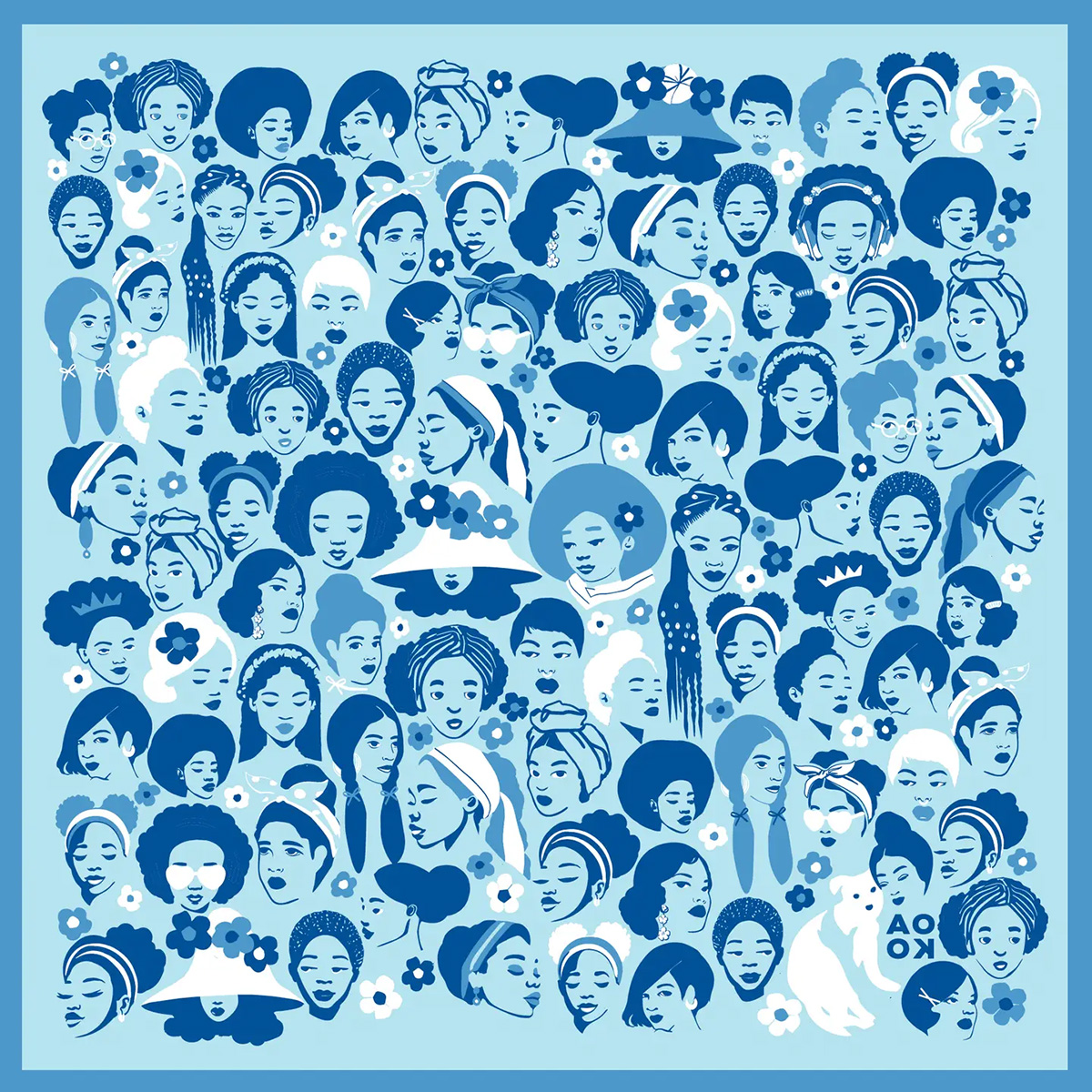
To unlock culinary creativity: The Curious Chef Gift Collection from Each Peach Market. This customizable collection of kitchen oddities — ranging from tinned fish to chili oil — is a quirky gift for the most inventive chefs. The collection is available in a Standard Santa, Extra Goodies and Super Holiday Size for up to $165. The Washington-based market, founded in 2013, permits customers to make the collection special by specifying what unique ingredients are packaged, including products made by local or LGBTQ brands. Each Peach Market offers assembly and pick up in-person at its Mount Pleasant shop and also offers local delivery and nationwide shipping via its website. ($85)

To give a touch of sweetness: The DC Landmark Chocolate Covered Oreo Holiday Cookies from Capital Candy Jar. Wrapped in a festive red bow, this box of nine cookies embraces love for Washington and the holiday season in one. Among the dark and milk chocolate covered cookies are images of the U.S. Capitol, the White House, the Lincoln Memorial, the Jefferson Memorial and festive hollies. The treat, packaged in a Hill East facility just a few blocks from the Capitol, is available for purchase online and at the DowntownDC Holiday Market. ($23.95)

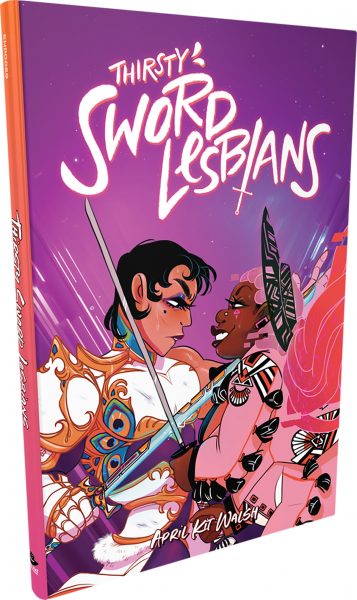
To celebrate queer gaming: Thirsty Sword Lesbians from Labyrinth Games & Puzzles. This roleplaying game embraces lesbian culture by unlocking a world of swords, romance, and battle. Ideal for group settings, the book presents a system of world building and character identities that are best brought to life by creative minds. Labyrinth, which has been a local Washington business for more than 15 years, celebrates non-digital fun through games and puzzles that connect the community. This gift is offered online and at Labyrinth’s Capitol Hill location. ($29.99)
To make a bold statement: The “Resist” T-shirt from Propper Topper. This locally screen-printed black tee features the Washington flag designed within a raised fist, symbolizing both Washington pride, and political resistance. The shirt is made exclusively by Propper Topper, a local Washington business that evolved from a hat shop to a gift store since opening in 1990. The tri-blend unisex shirt is available both for pickup at Propper Topper’s Cathedral Heights location and shipping via the online site. ($32)
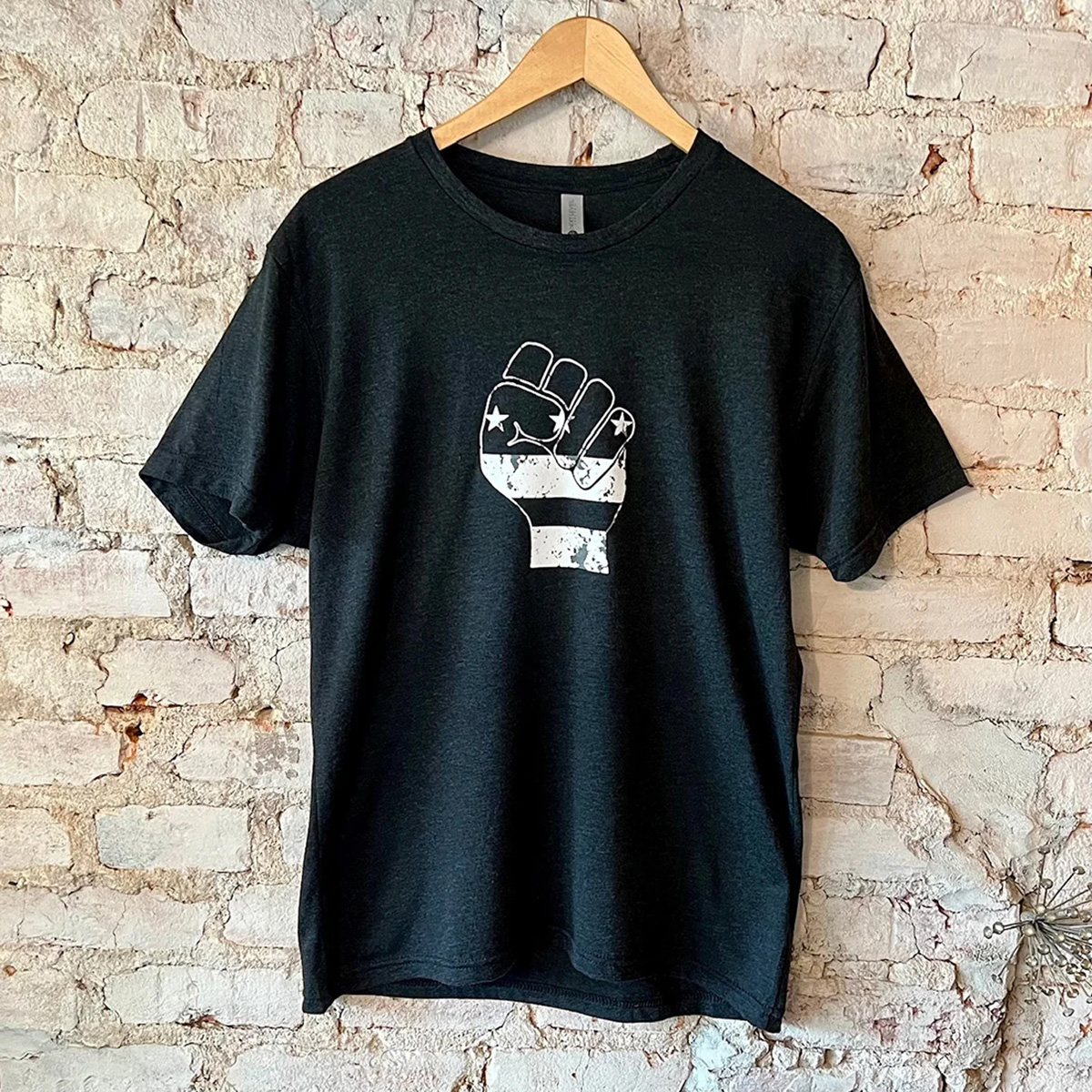
To keep it c(g)lassy: The Glass Ball earrings from Blue Moon Aquarius. Gifting can rarely go wrong when it comes to a new pair of earrings. The unique statement earrings — made of polymer clay, glass, and 18k gold plating over surgical steel — are hand cut, sanded and assembled in Washington, meaning each set is unique. Blue Moon Aquarius, a local brand, is known for its small batch jewelry and home decor designed with clay materials. Available in oxblood, hunter green, lavender, and bluestone color palettes, these earrings are available for purchase on Blue Moon Aquarius’ website and at the DowntownDC Holiday Market. ($48)
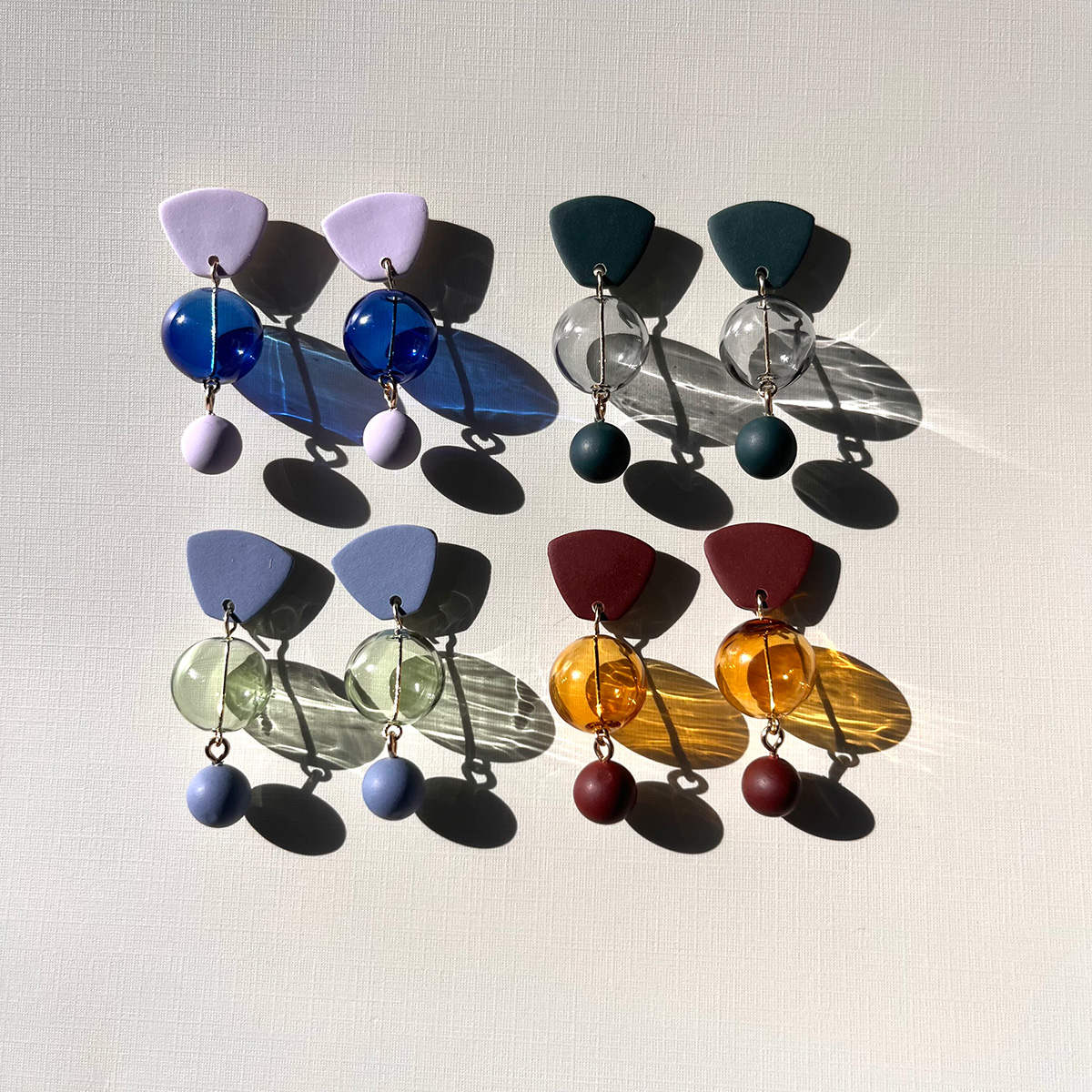
To elevate a holiday tea or charcuterie party: The Honey Flight: Tea Lover’s Selection from BannerBee. This local honey company presents the ideal gift to make cozying up with a cup of tea slightly more special. The Honey Flight contains three types of raw wildflower honey infused with fair trade Ugandan vanilla bean, chai spices, and locally sourced lemon thyme herb. The gift is also an opportunity to uplift a family company based in the Mid-Atlantic that offers all-natural, sustainable products. The flight is available online, at the DowntownDC Holiday Market or at the Arlington Courthouse and Dupont Farmers’ Markets. ($36)

For Baltimore shoppers: If you’re in Charm City, don’t miss Balston Mercantile, opened by a gay couple in June. Their gorgeous shop in the Hampden neighborhood offers an array of unique, upscale finds, from barware and artwork to cookbooks and home decor and more. (849 W. 36th St.)
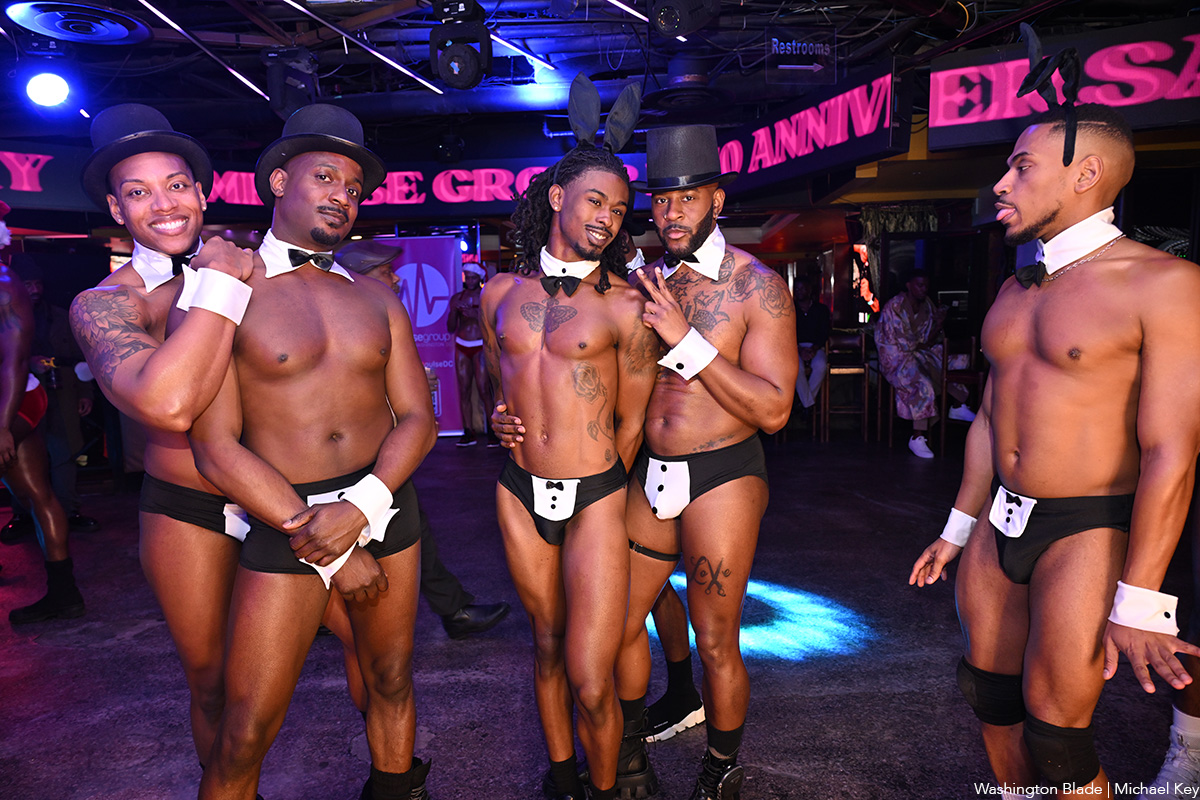
Impulse Group DC held “10’s Across the Board: A Celebration of 10 Years” at Bravo Bravo (1001 Connecticut Ave., N.W.) on Sunday, Dec. 14. Impulse Group DC is a volunteer-led 501(c)(3) and affinity group of AIDS Healthcare Foundation dedicated “to engaging, supporting, and connecting gay men” through culturally relevant health and advocacy work.
(Washington Blade photos by Michael Key)

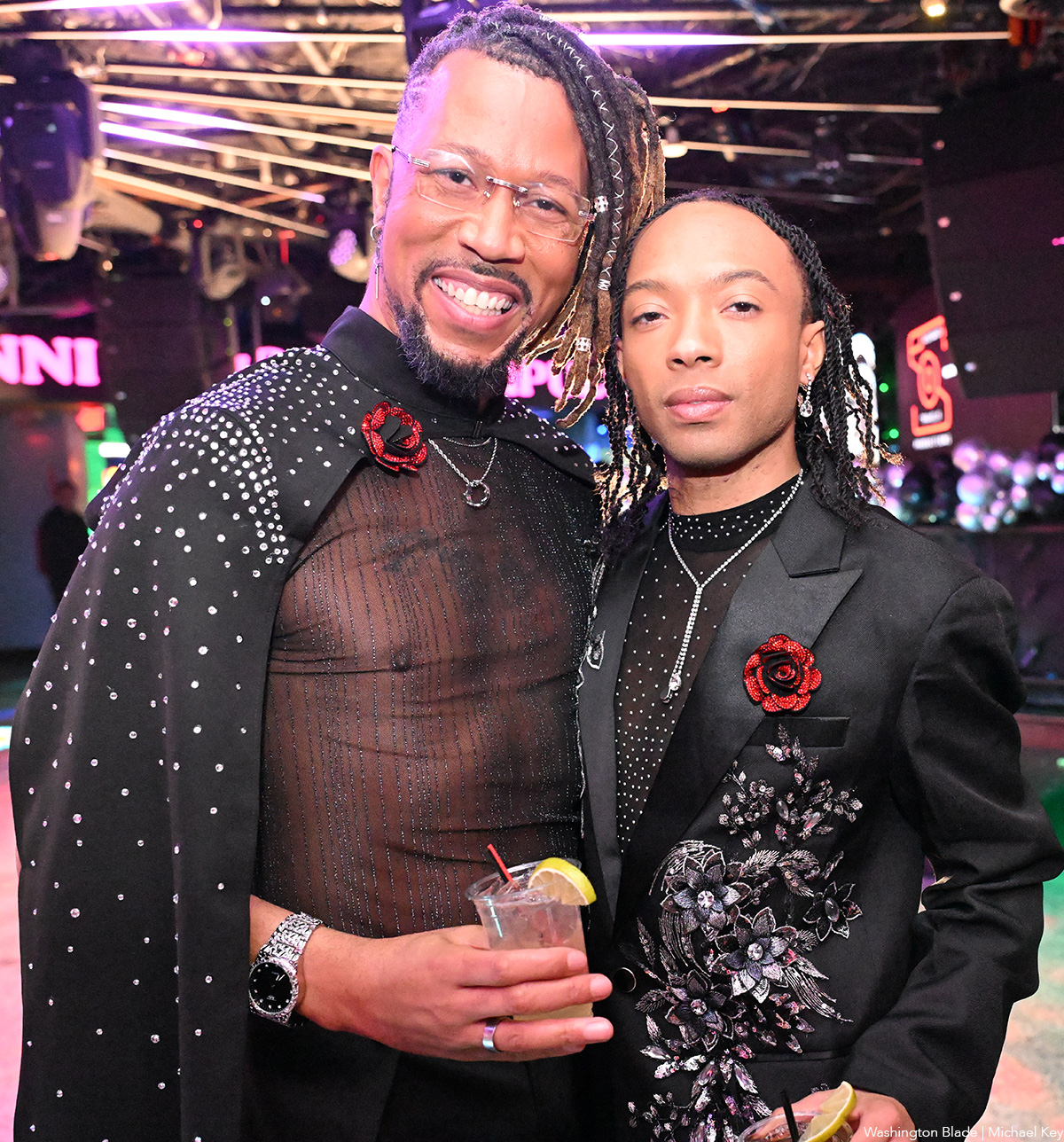
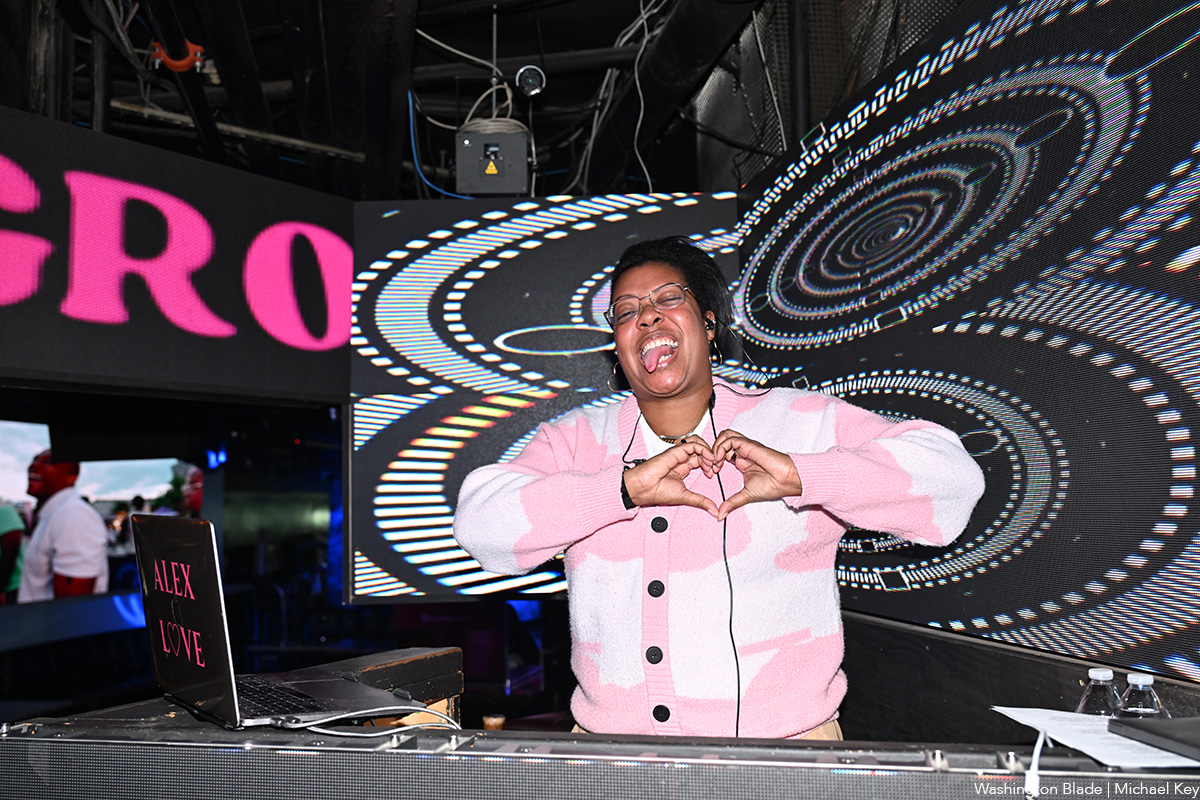
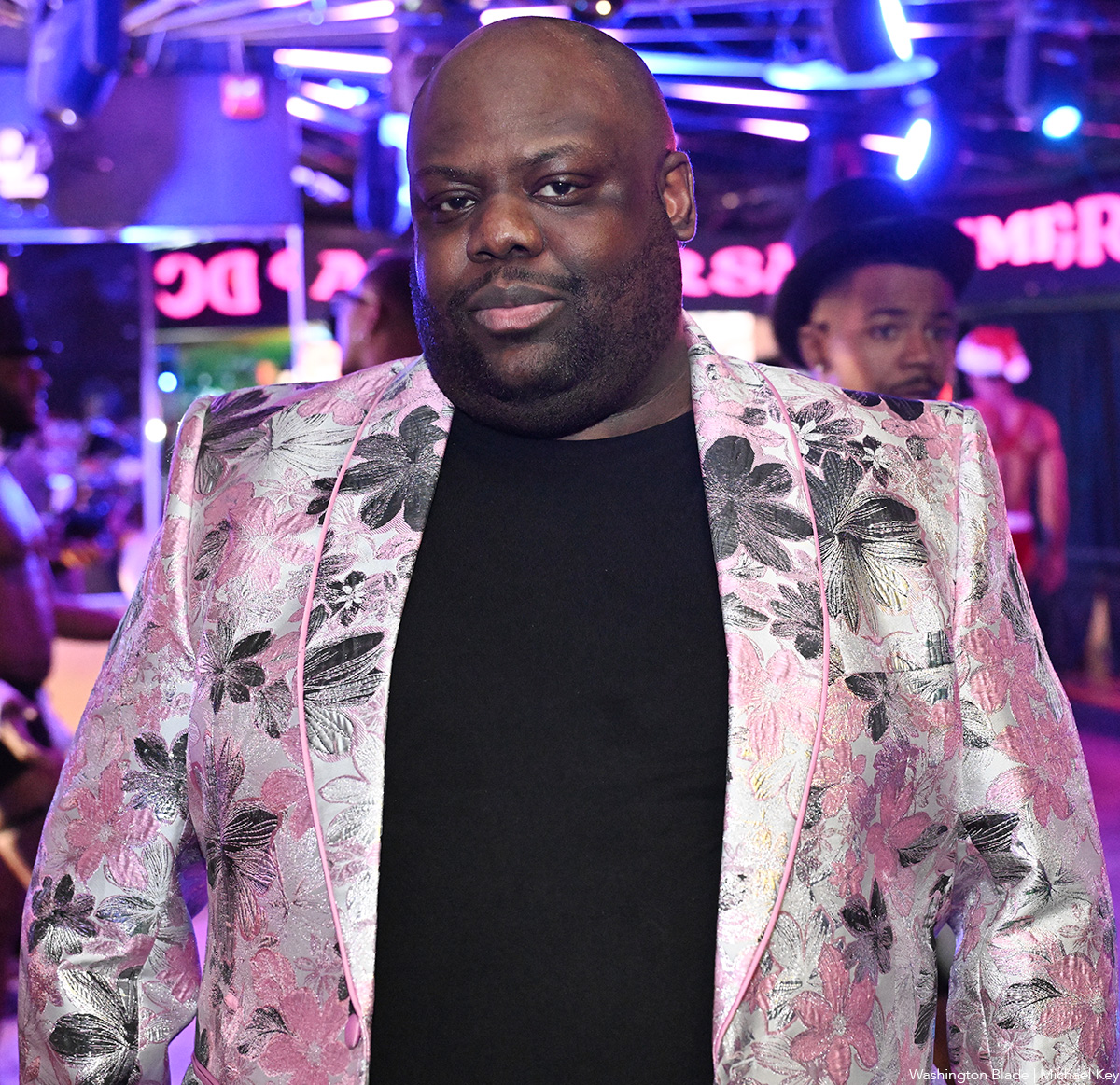
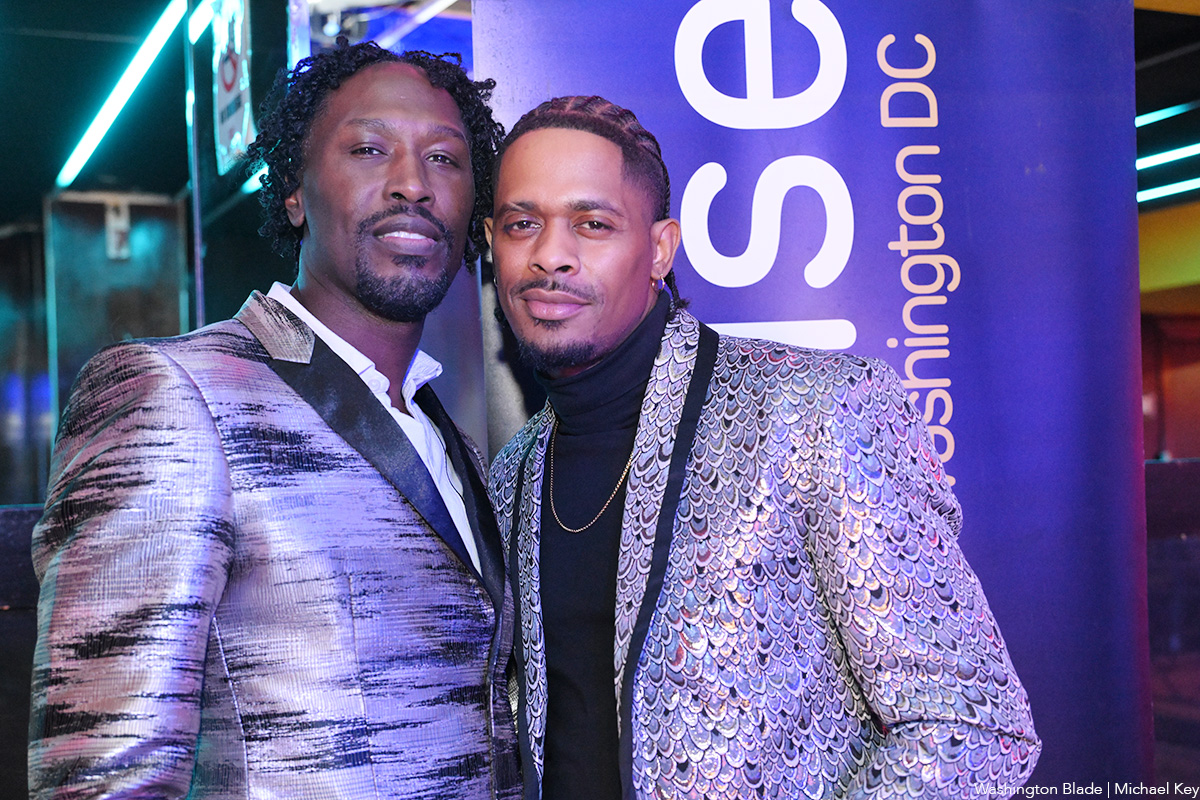
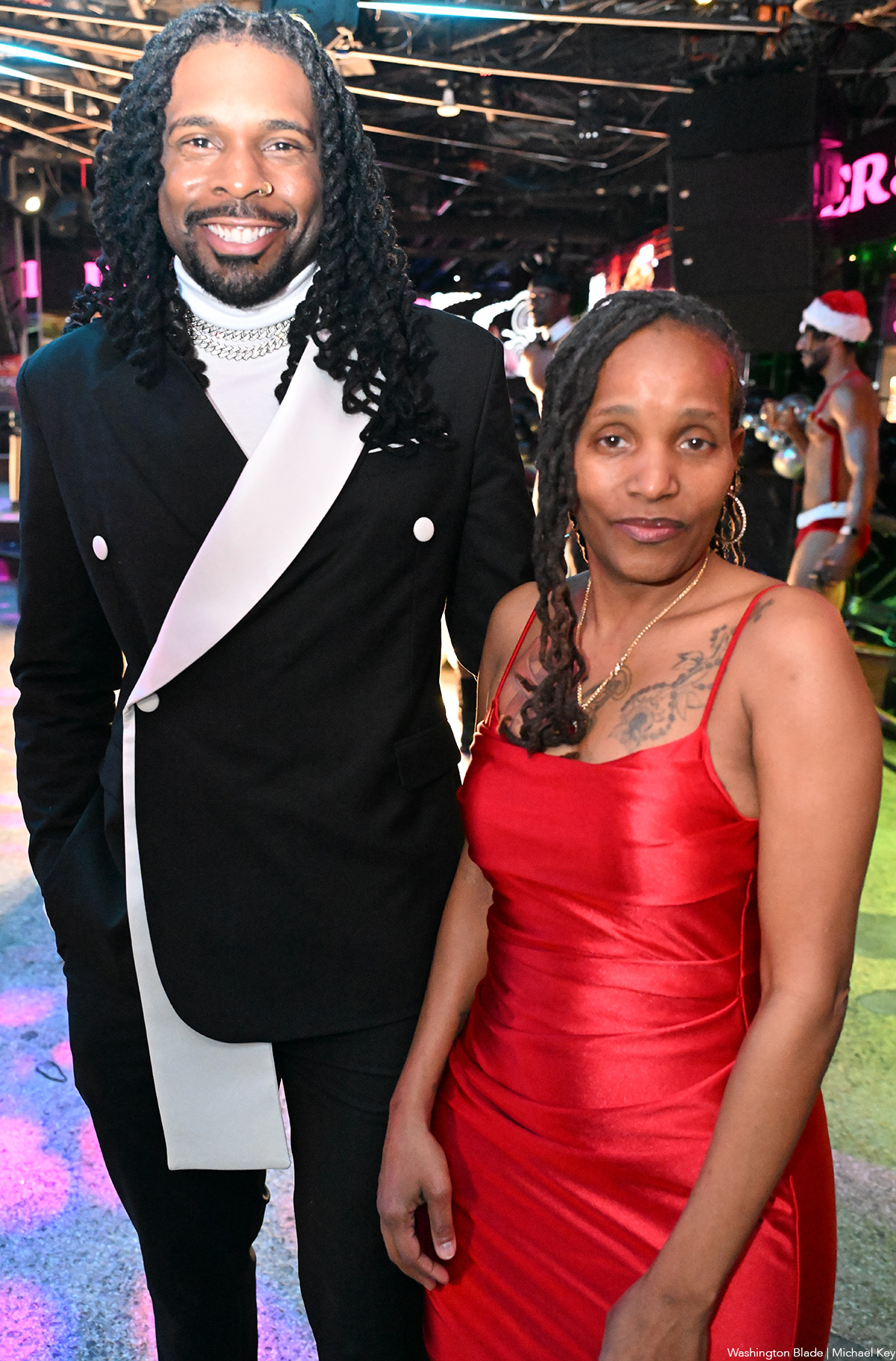
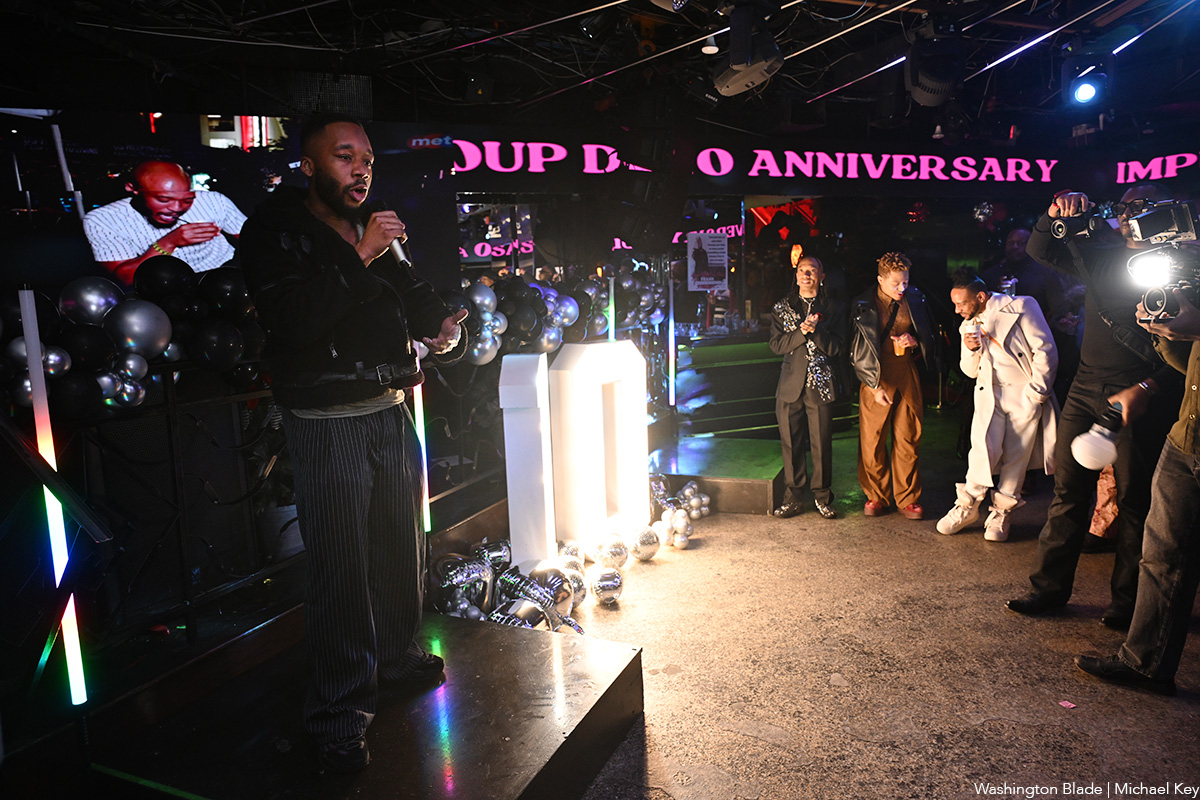
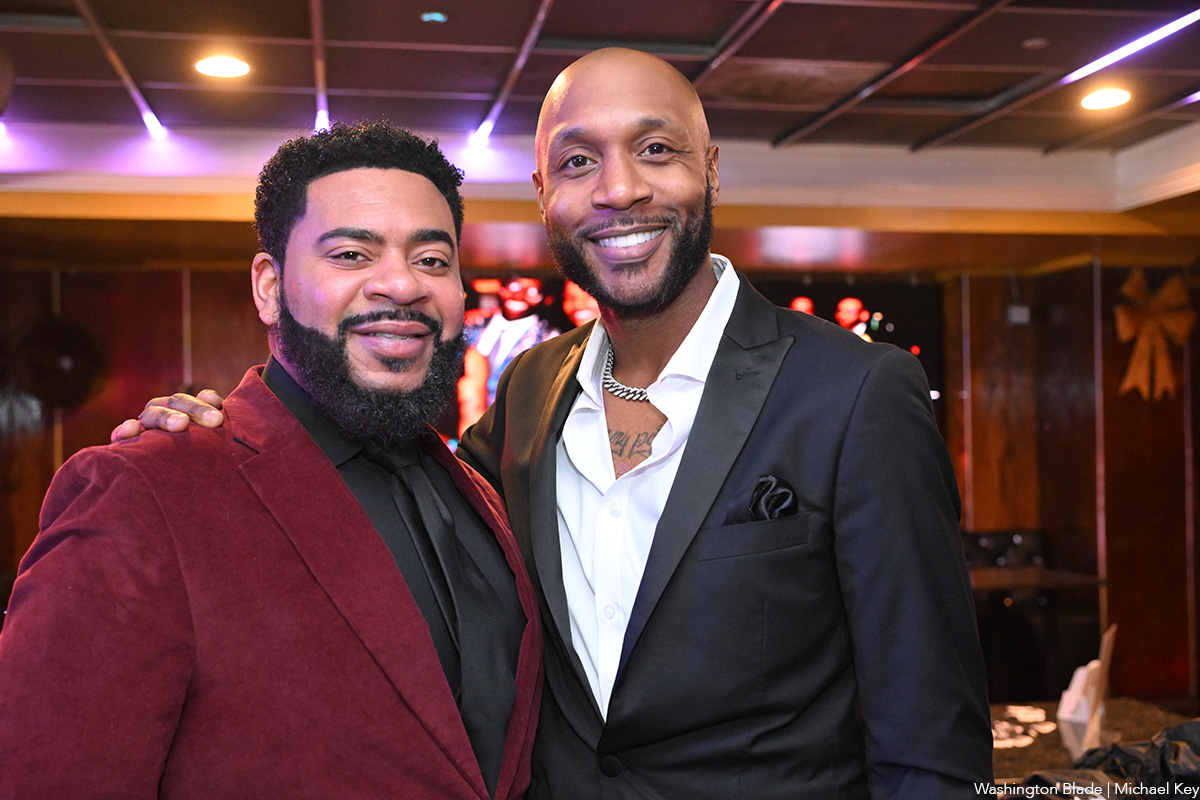
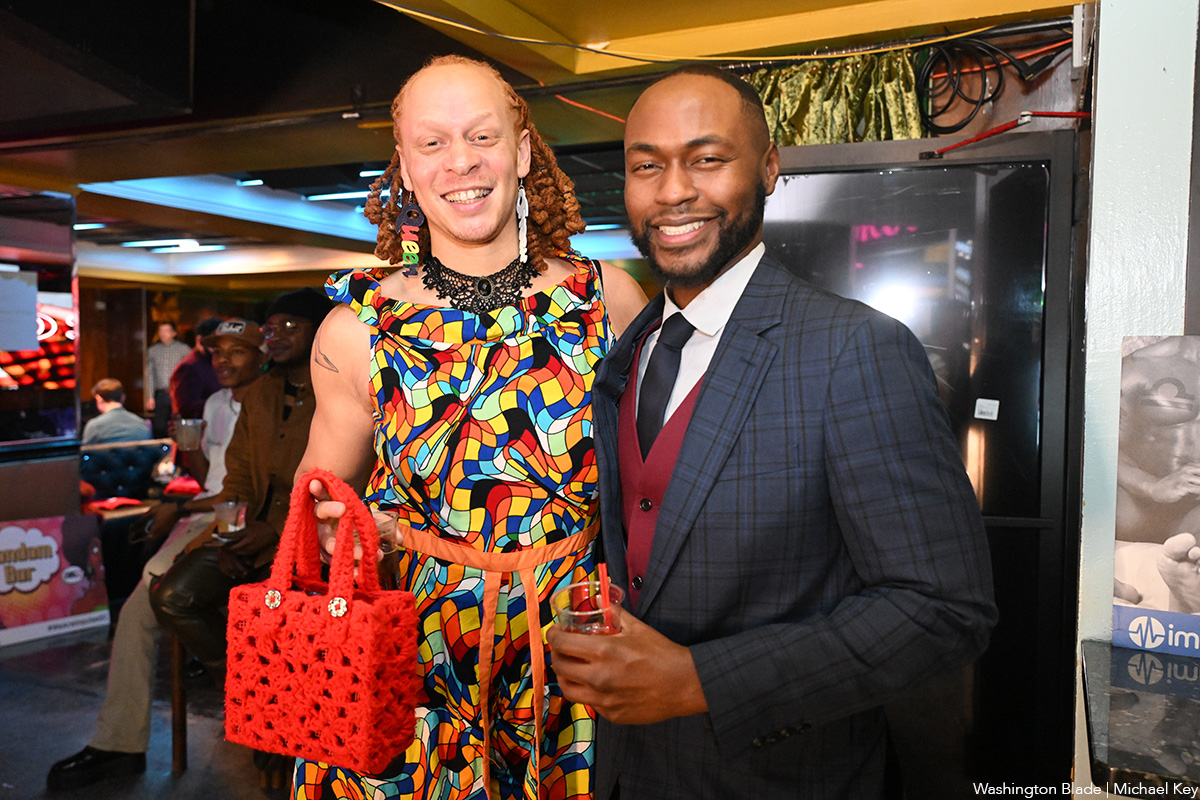
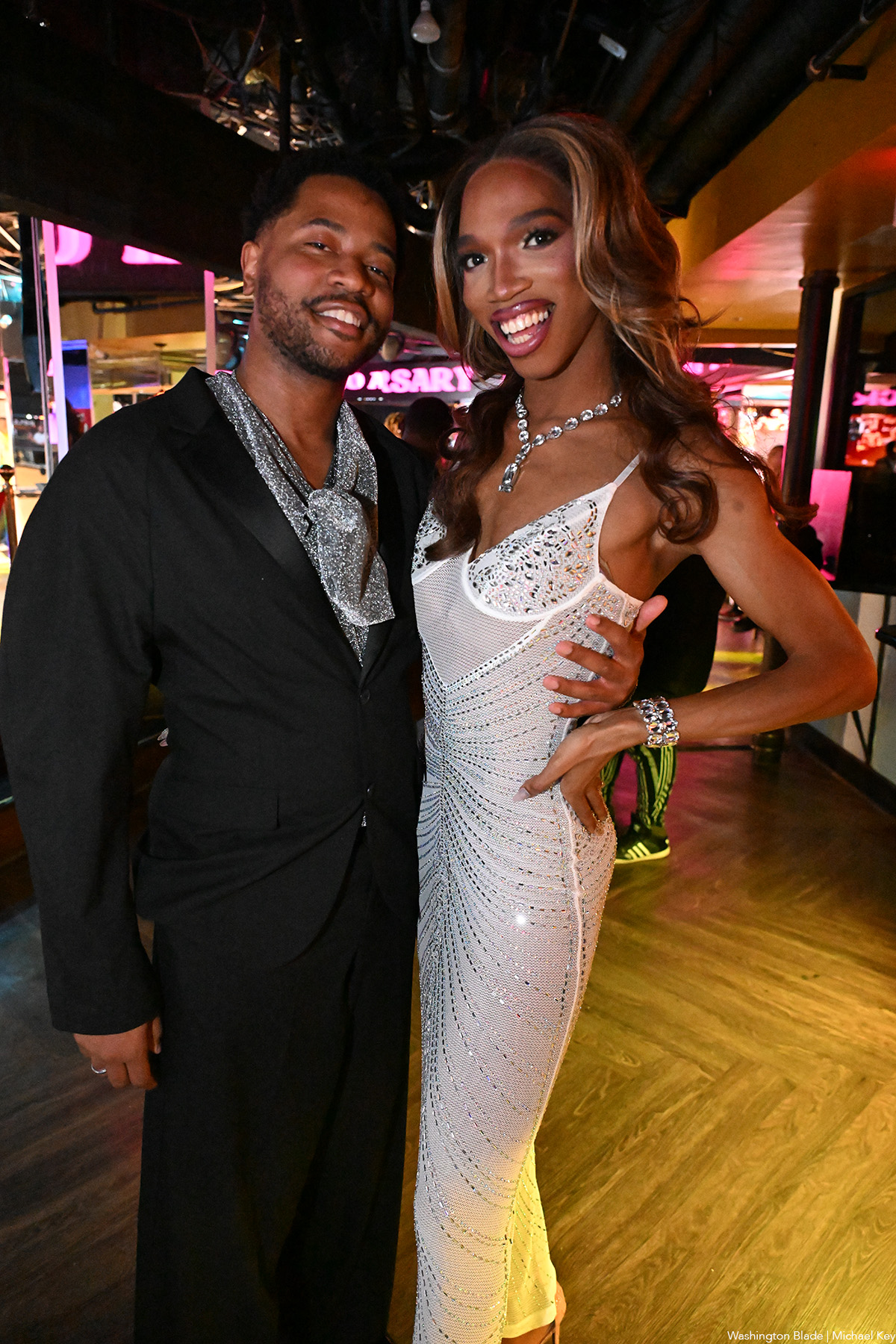
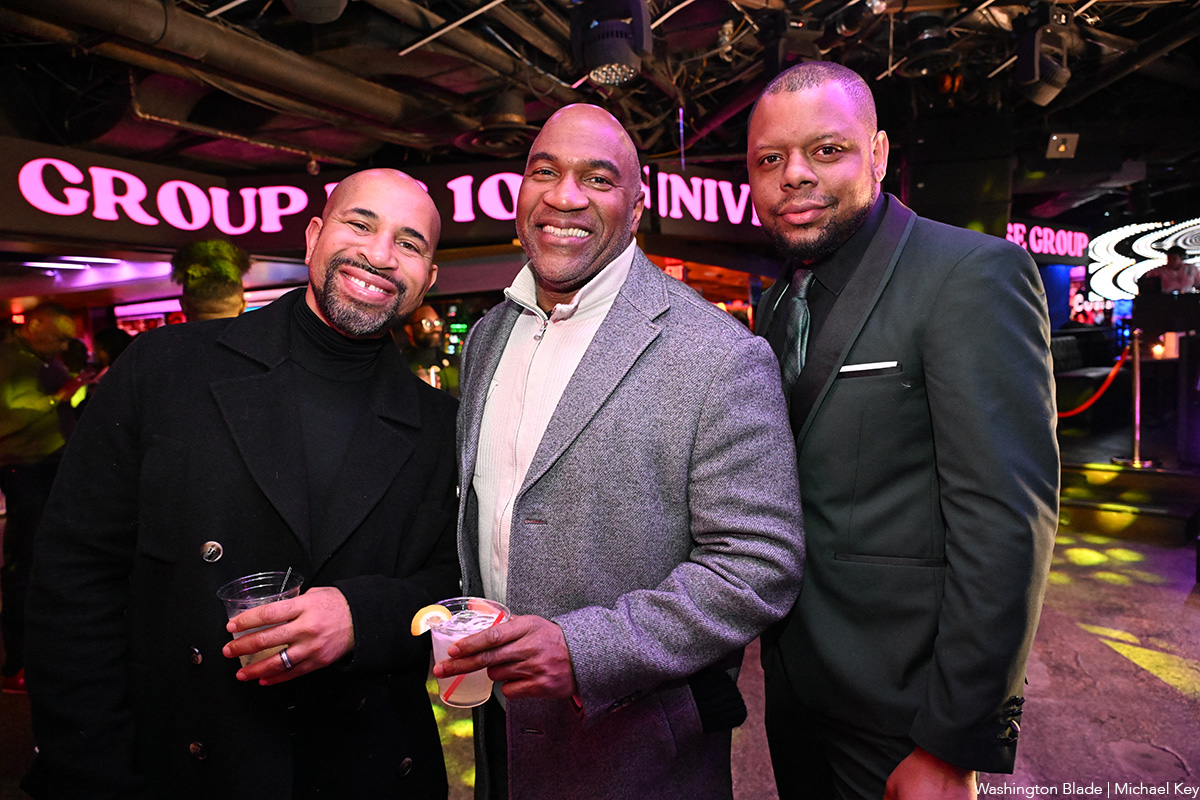
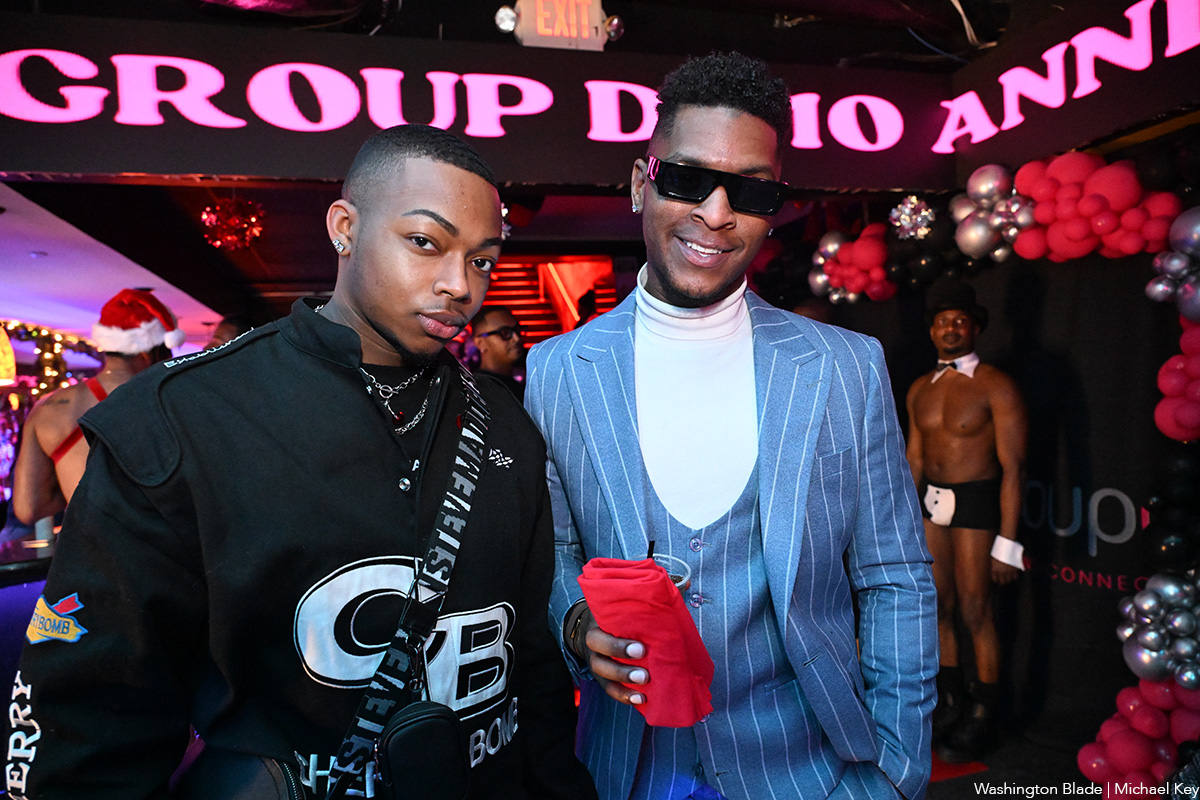
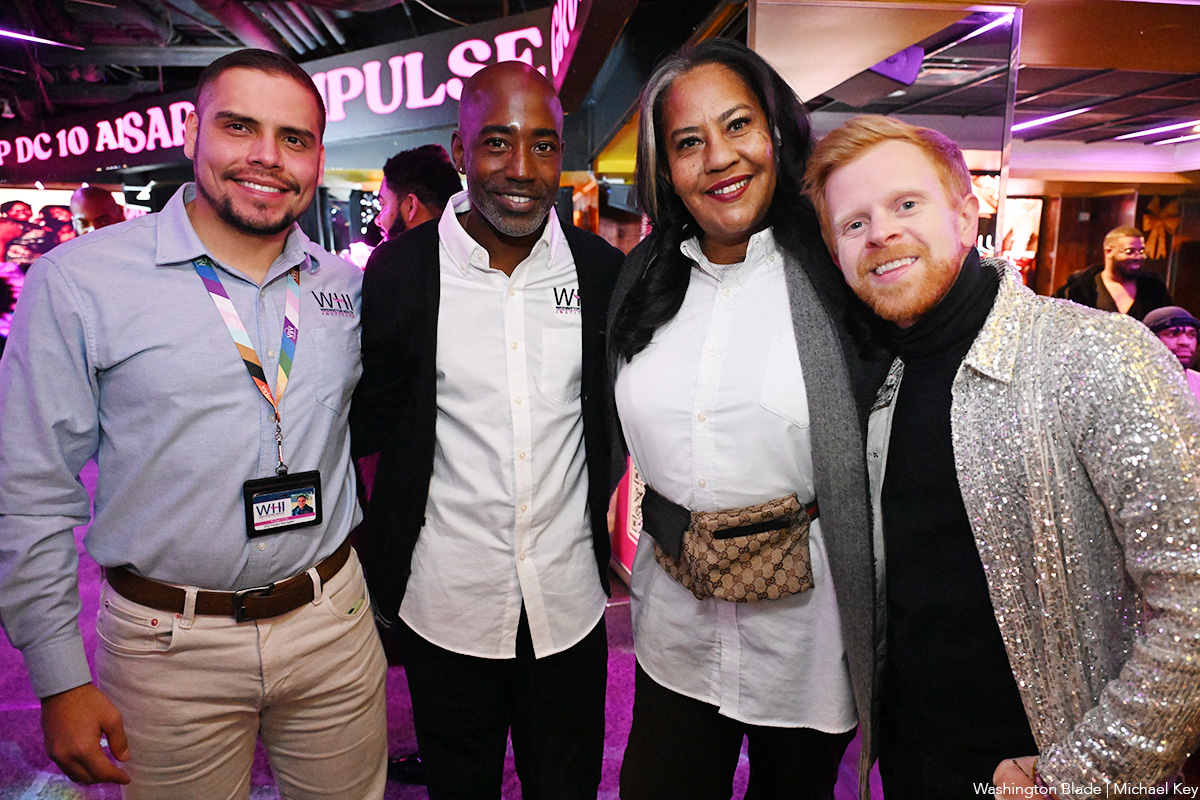

Rob Reiner, most known for directing untouchable classics like “The Princess Bride,” “Misery,” “When Harry Met Sally…,” and “Stand by Me,” died Dec. 14 alongside his wife, Michele Singer Reiner, in their Los Angeles residence. While investigations are actively underway, sources have told PEOPLE Magazine that the pair’s son, Nick Reiner, killed his parents and has been taken into custody.
Reiner was a master of every genre, from the romantic comedy to the psychological thriller to the coming-of-age buddy movie. But in addition to his renowned work that made him a household name, Reiner is also remembered as a true advocate for the LGBTQ community. In 2009, Reiner and his wife co-founded the American Foundation for Equal Rights, helping fight against California’s Prop 8 same-sex marriage ban. They were honored at the 2015 Human Rights Campaign Las Vegas Gala.
In a statement, HRC President Kelley Robinson said: “The entire HRC family is devastated by the loss of Rob and Michele Reiner. Rob is nothing short of a legend — his television shows and films are a part of our American history and will continue to bring joy to millions of people across the world. Yet for all his accomplishments in Hollywood, Rob and Michele will most be remembered for their gigantic hearts, and their fierce support for the causes they believed in — including LGBTQ+ equality. So many in our movement remember how Rob and Michele organized their peers, brought strategists and lawyers together, and helped power landmark Supreme Court decisions that made marriage equality the law of the land — and they remained committed to the cause until their final days. The world is a darker place this morning without Rob and Michele — may they rest in power.”
Reiner’s frequent collaborators have also spoken out as the industry is in mourning, including figures like Ron Howard and John Cusack.
A joint statement from Jamie Lee Curtis and Christopher Guest (who starred in Reiner’s “This is Spinal Tap”) reads: “Christopher and I are numb and sad and shocked about the violent, tragic deaths of our dear friends Rob and Michele Singer Reiner and our ONLY focus and care right now is for their children and immediate families and we will offer all support possible to help them. There will be plenty of time later to discuss the creative lives we shared and the great political and social impact they both had on the entertainment industry, early childhood development, the fight for gay marriage, and their global care for a world in crisis. We have lost great friends. Please give us time to grieve.”
While attending the 2019 HRC Los Angeles Dinner, Reiner spoke out about the need for equality: “We have to move past singling out transgender, LGBTQ, black, white, Jewish, Muslim, Latino. We have to get way past that and start accepting the idea that we’re all human beings. We’re all human beings, we all share the same planet, and we should all have the same rights, period. It’s no more complicated than that.”














